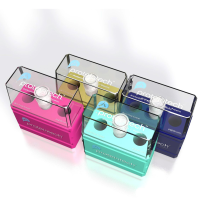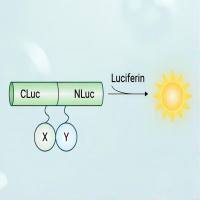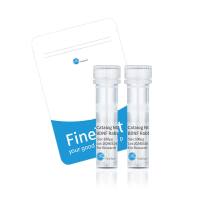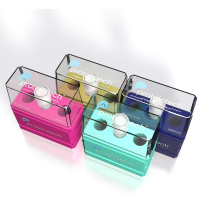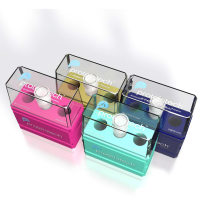Nonlinear Optics Approaches Towards Subdiffraction Resolution in CARS Imaging
互联网
615
In theoretical investigations, we review several nonlinear optical approaches towards subdiffraction-limited resolution in label-free imaging via coherent anti-Stokes Raman scattering (CARS). Using a density matrix model and numerical integration, we investigate various level schemes and combinations of the light fields that induce CARS along with additional control laser fields. As the key to techniques that gain far-field resolution below the diffraction limit, we identify the inhibition of the buildup of vibrational molecular coherence via saturation or depletion of population (Beeker et al. Opt Express 17:22632–22638, 2009) or the generation of Stark broadening and spatially dependent Rabi sideband generation (Beeker et al. Phys Rev A 81(1), 2010). Depending on the coherence and population decay rates offered by a particular molecular energy level scheme, we identify various different regimes. In the first case, where an additional state (called the control state) and a vibrational state are able to rapidly exchange population via incoherent processes, a prepopulation of the upper vibrational state inhibits the buildup of vibrational coherence. With increasing control laser intensity, this suppresses CARS emission via an incoherent, saturation type of nonlinear process. Using an intense, donut-shaped control laser beam, similar to stimulated emission depletion (STED) microscopy, this can suppress CARS emission from all sample locations except within a subdiffraction-sized range around the central node. Scanning the control beams across the sample provides subdiffraction-limited resolution imaging. An alternative, which does not require a rapid exchange of population with the control state, applies a control beam that only partially depletes the vibrational ground state. Thereby, a CARS point spread function containing a subdiffraction-limited component is generated. Subdiffraction images can then be retrieved through deconvolution. Further approaches are based on the coherent, nonlinear, resonant response of the sample. In this case, CARS signal depletion by Stark splitting of the weakly populated upper vibrational state or the observation of spatially dependent Rabi oscillation may increase the resolution beyond the diffraction limit.


